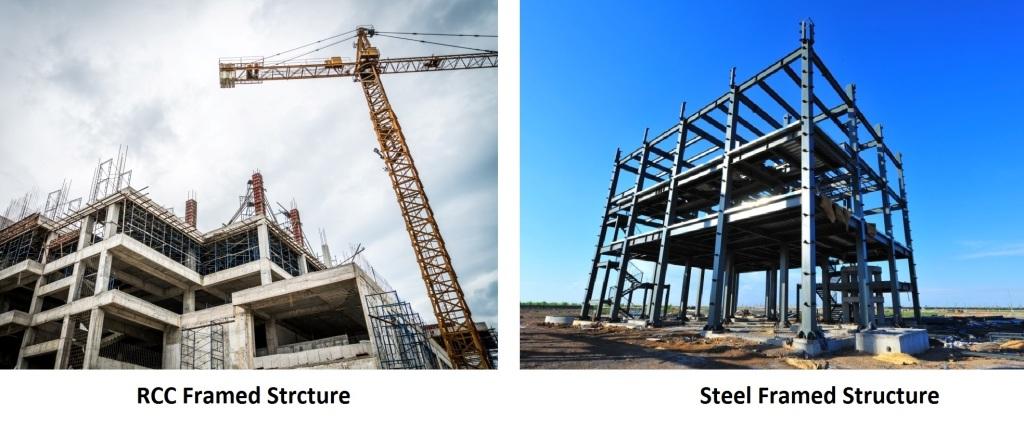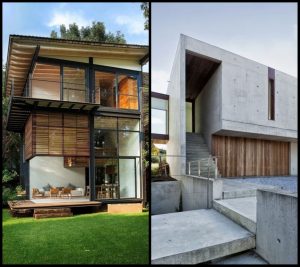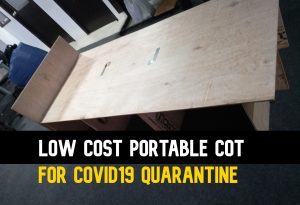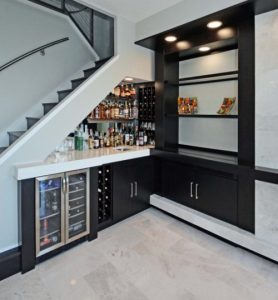| Building Dimensions |
- Suitable for spans 20-30m. Can sustain much larger spans.
|
- Suitable for short span buildings, 5-8m. Becomes difficult and heavy for larger spans.
|
12%-50% Cost saving for long span steel building |
| Fabrication |
- Members fabricated in a controlled environment.
- Precise fabrication.
|
- Fabrication done on site.
- Requires building the reinforcement cage and shuttering work prior to pouring.
|
90% saving in fabrication time on site. |
| Delivery and Logistics |
- Can be delivered anywhere in the world.
- Can be properly sequenced.
|
- Might have to build batch plant on site if site is secluded or huge.
|
Capital Investment saving. |
| Erection Time |
- Fast erection. Virtually no idle time
|
- Slow erection and time consuming.
- Pouring should take place in limited amount of time. If exceeded, the concrete quality may be jeopardized.
- The contractor will have to wait for the previous cast to harden (14-28 days) before being able to cast another batch.
|
50% saving in construction time. |
| Industrial Applications |
- Can easily handle equipment such as multiple cranes within building.
- Sways can be controlled.
- Precision can be achieved during installation.
|
- Heavy equipment usage such as cranes is limited.
- To solve precision problems, contractors use steel I beams and platforms in concrete buildings.
|
Saving on maintenance cost. |
| Quality |
Quality of steel is guaranteed because
- It is a homogeneous product.
- Pieces are tailored according to shop drawings.
- Precise machinery is used for fabrication.
- It is fabricated under shop control.
- Quality is not affected by weather conditions
|
Many factors lead to quality deterioration
- Concrete is not a homogeneous product
- Concrete mix ingredient ratios are difficult to maintain.
- Quality of water used may vary.
- Weather conditions.
- Labor experience in pouring.
- Adequate use of vibrators.
- Using proper curing methods.
- Concrete shrinkage.
- High manpower count may weakan control.
|
Less time is spent to maintain steel quality. |
| Cost |
- Low man power count needed.
- Erection cost is low at site
|
- Construction cost is high at site
|
– |
| Modulability & Scalability |
- Can change a section of the building or even cancel a section with controlled effort and with little effect on structure stability and functionality.
- Expansion is easy. Longitudinally expansion is about adding more bays and connecting the secondary members and the sheeting to the old building.
|
- Needs a lot of planning and has usually major consequences. Might be even impossible.
- To expand, the contractor has to build a new structure with foundations, columns and might have to break part of the old structure in order to expand it.
|
Lower modification cost. |
| Error Modification |
- Easy to modify on site, even after erection.
- Modification can be done by cutting, welding or attaching steel pieces.
|
- Have to break concrete if modification is necessary.
|
– |
| Consistency and Reliability |
- Strength is assured from design.
- Steel properties are stable with time.
|
- Strength cannot be guaranteed without testing.
- Concrete properties may change over time and environmental conditions
|
– |
| Seismic Effect |
- Ductility of steel provides flexible behavior under seismic loads. Light Steel structures minimize the seismic effect on the structure.
- Steel is heavier than concrete but is 18 times stronger. A steel member can hold 6 times its own weight.
|
- Poor flexibility under seismic loads. Heavy structures maximize the seismic effect on the structure.
- Heavy self weight. Large portion of concrete strength consumed to resist effect of its own weight.
|
– |
| Ductility |
- Show signs of failure when overloaded.
- Gives chance to fix the problem.
|
- No warning signs.
- May result in disastrous collapse.
- Steel reinforcement is used to prevent brittle failure.
|
Steel building requires less costly safety measures. |





